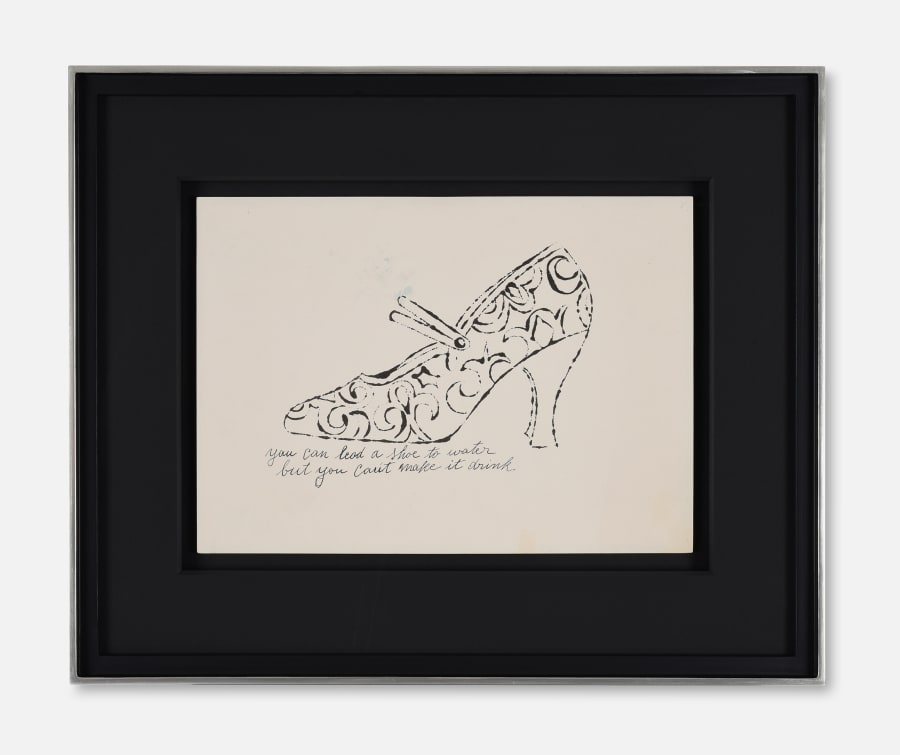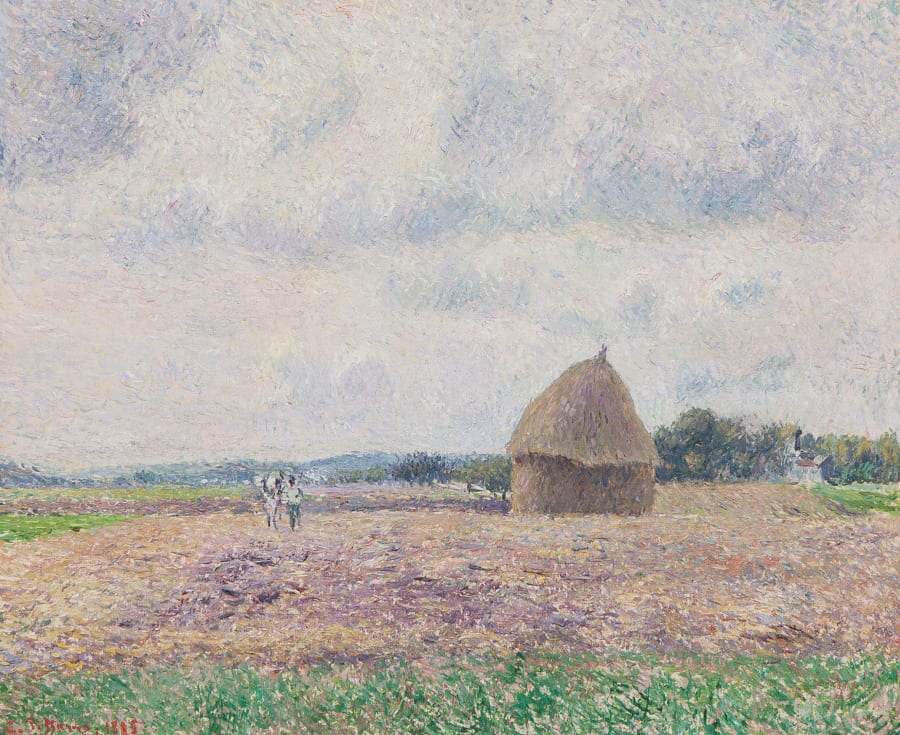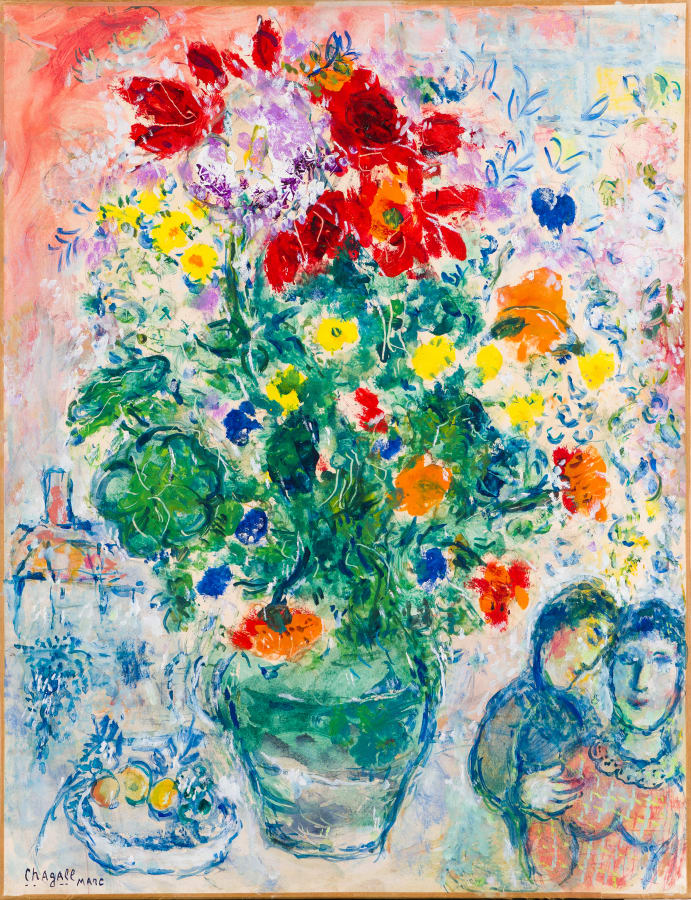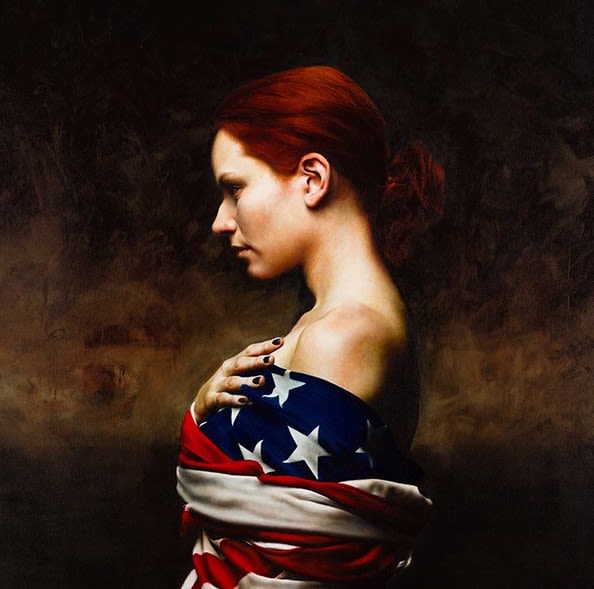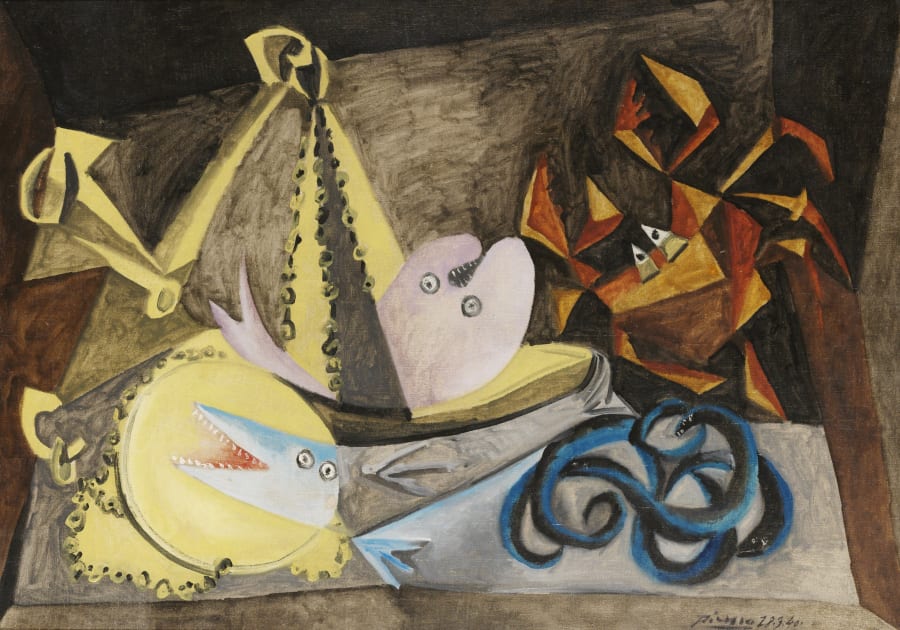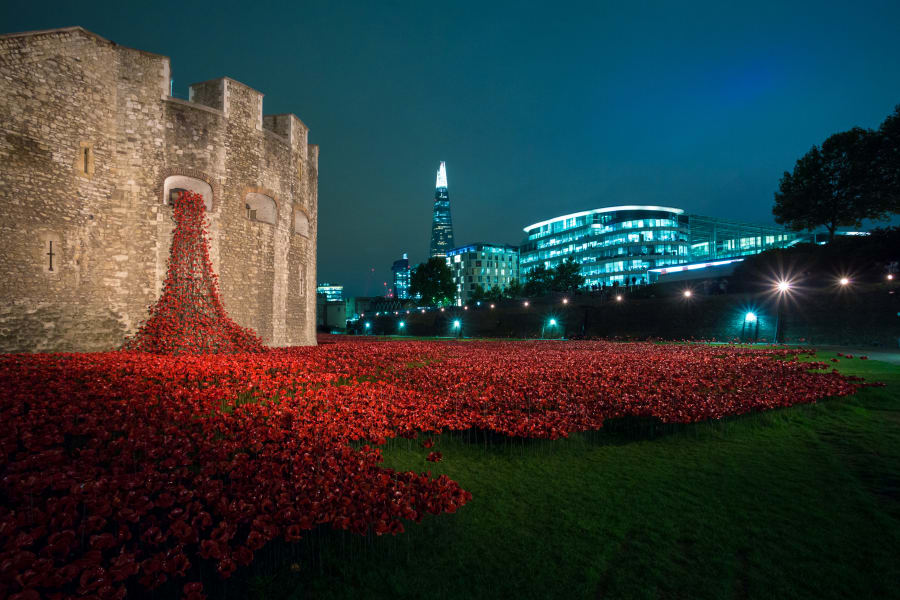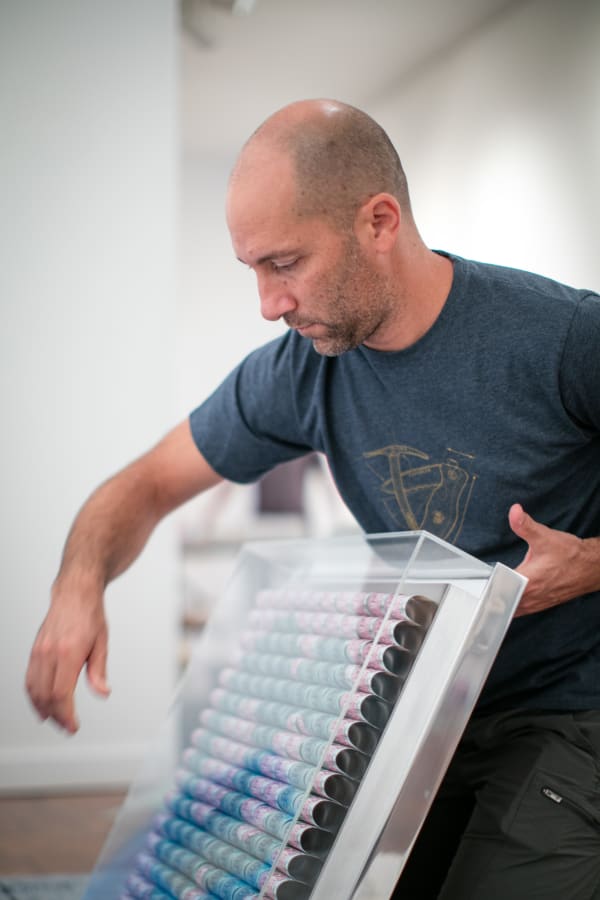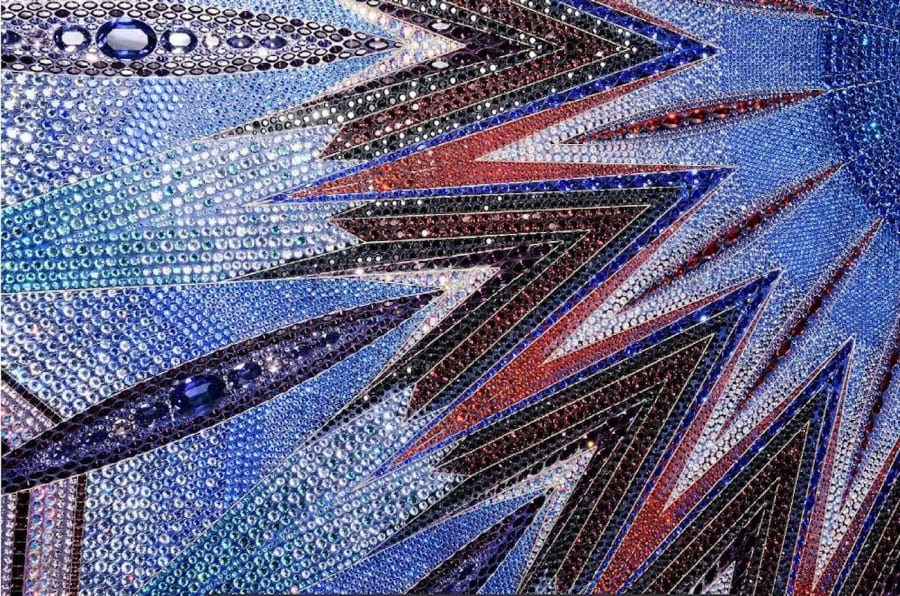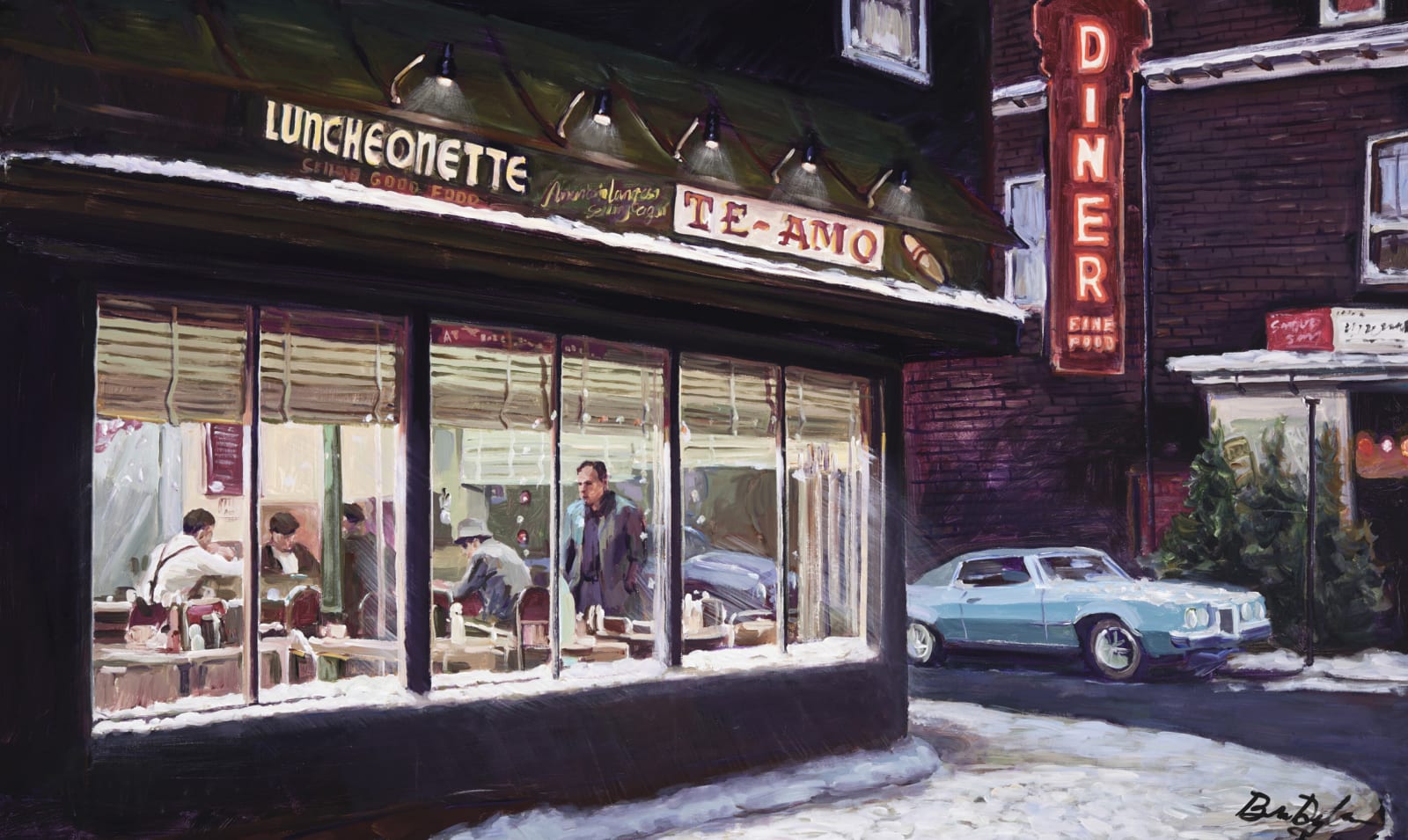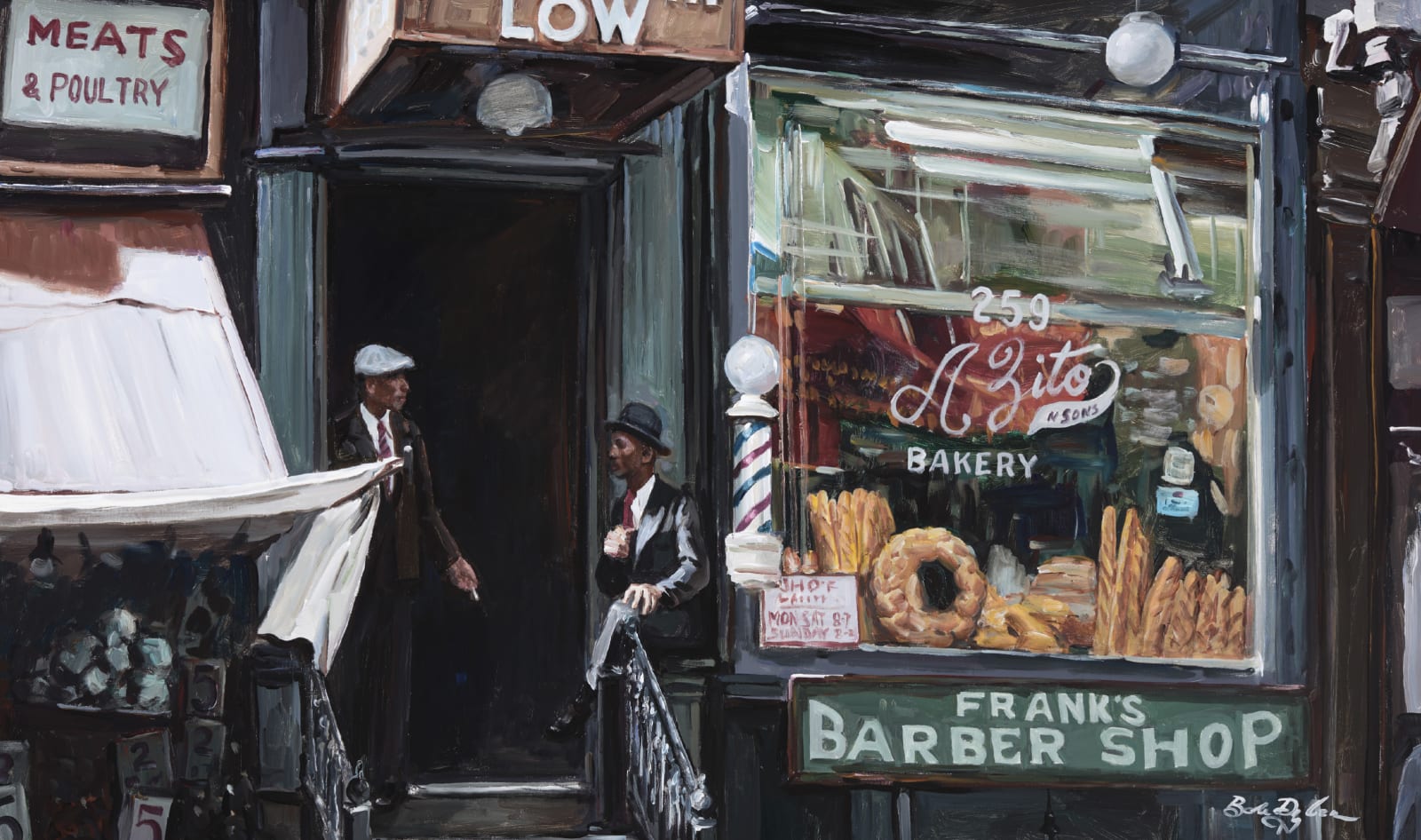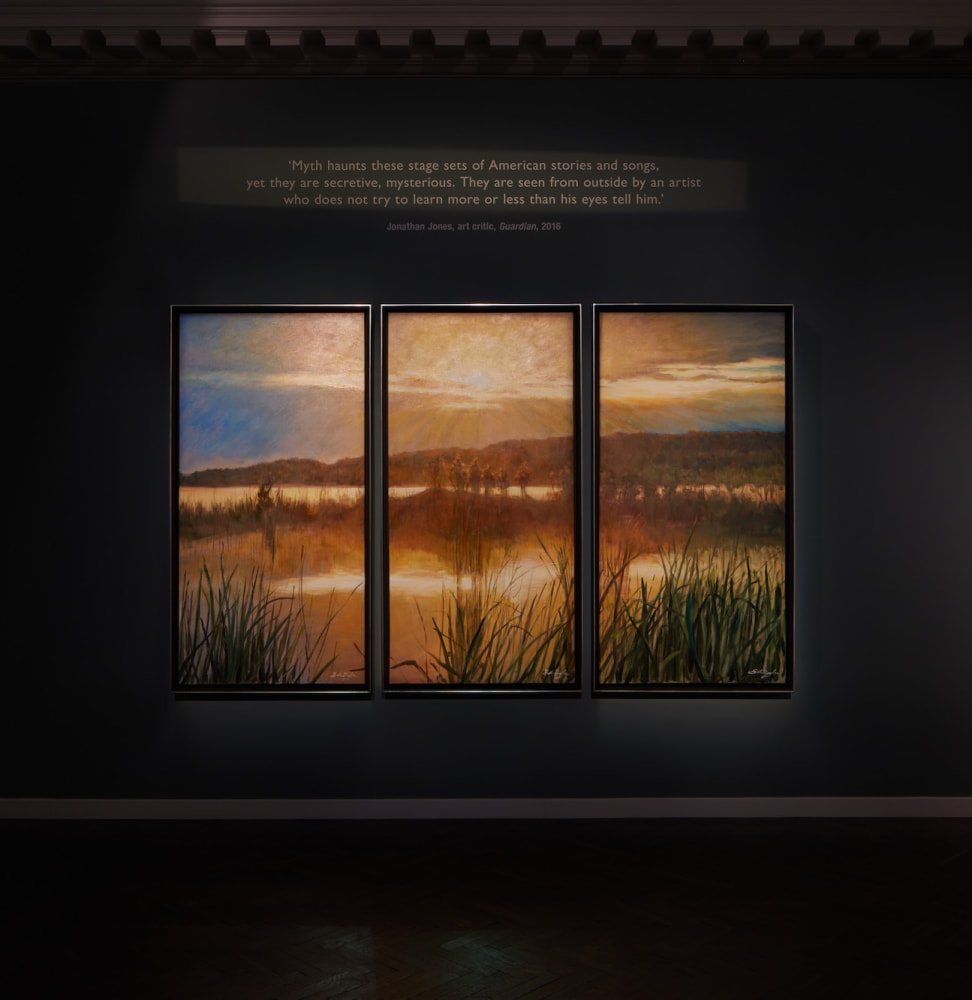

Keith Haring: Andy Mouse Portfolio
Andy Mouse is a series of four silkscreen prints created in 1986 by American artist Keith Haring in collaboration with Andy Warhol.
The character Andy Mouse is a fusion between Disney's Mickey Mouse and Andy Warhol. In this series, Haring pays homage to his mentor, friend and creative role model Andy Warhol. Below, discover Keith Haring's Andy Mouse in detail.
If you are interested in adding to your collection speak to an art consultant today - info@halcyongallery.com

Through the print series Andy Mouse, Haring celebrates Warhol and his contribution to American culture. The series was also created as a way of showing the artist’s appreciation, after Warhol had supported Haring in opening his iconic Pop Shop in 1986. The Pop Shop was a radical and daring idea intended to democratise Haring’s pictorial inventions. The shop sold T-shirts, stickers, posters, and skateboards displaying the graffiti artist’s art within a space complete, from wall to ceiling, with Haring’s playful brushwork. Warhol, who had always believed ‘art should not be only for the select few’ was a big supporter of the project as Haring himself explained:
“Andy practically convinced me to open the Pop Shop when I started to get cold feet… He further showed his support for the Pop Shop by creating a T-shirt for it and plugging it at any opportunity.”

Another feature that derives from Warhol’s appearance is the glasses. Through the 80s the artist wore spectacles with large lenses that were a dominant feature on his face. Haring transforms these glasses into multi-coloured sunglasses to evoke a sense of playfulness and the cool vibrant energy of the disco era in the 80s.
As is the case in so much of Haring’s art, this print series exudes the energy and rhythm of the age of disco. Through the inclusion of bold dashes across the image, Haring taps into the symbolism of cartoons to indicate movement. The energetic gestures of Haring’s figures imply that they are dancing. The bright colours and rhythms of the disco is part of the context in which Haring spent time with Warhol. Both regularly attended New York nightclubs together, not least the iconic Studio 54.

A final major motif that is repeated through these four prints is the American dollar. This feature alludes to Warhol as a businessman. By 1986, ‘Andy Warhol’ referred as much to the artist as an individual as it did to a brand, with a vast output not only in art but in film, music, and publishing. Warhol was the first to embrace the notion of working in both art and business, famously stating: ‘making money is art and working is art and good business is the best art.’
Each of the Andy Mouse prints was signed by Haring as the artist responsible for the work's creation, but also by Warhol as an emphatic endorsement of the way he is portrayed.
If you are interested in adding Keith Haring to your collection speak to one of our art consultants today - email us info@halcyongallery.com


